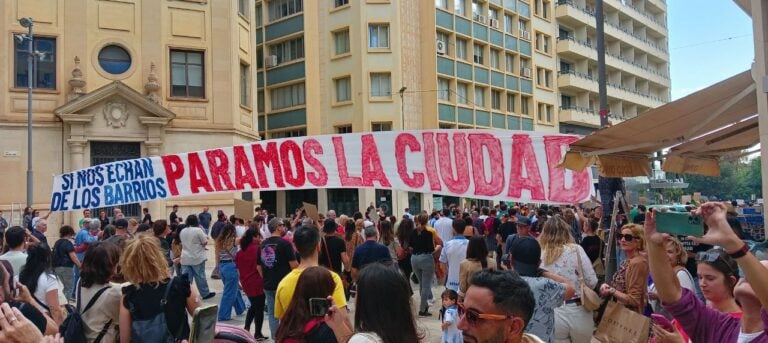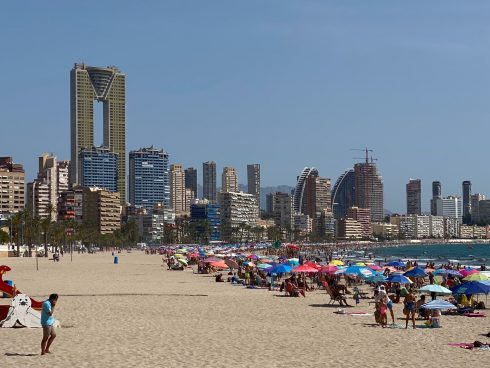SPAIN’S housing crisis shows no signs of easing, with new figures revealing that tenants are now spending nearly half of their income just to keep a roof over their heads.
A recent study by InfoJobs and Fotocasa has found that renters are allocating a staggering 47% of their gross income towards housing costs – the highest level recorded in the past five years.
The data highlights a worsening gap between rent prices and salaries, spelling trouble for affordability across the country.
READ MORE: Clock is ticking: Is it the end of holiday rentals in Spain? asks the Property Insider Adam Neale
While average wages have risen modestly – up 3.1% in 2024 to reach an annual gross salary of €27,060 – rental prices have soared by almost five times that rate.
Nationally, rents jumped 14% year-on-year, with the average price now standing at €13.29 per square metre.
For a typical 80m2 flat, tenants are paying upwards of €1,060 per month.
Maria Matos, Director of Research at Fotocasa, warned that the figures paint a grim picture: “The accelerated rise in rental prices has far outstripped wage increases, forcing tenants to spend close to 50% of their income on housing. This is well above the 30% affordability benchmark recommended by financial regulators and portends worsening housing insecurity.”
The situation is even bleaker in major cities.
In Madrid, tenants are parting with an eye-watering 71% of their income on rent.
Despite an average monthly salary of €2,340 in the capital, average rents of €20.62 per square metre mean a standard flat costs around €1,650 a month.
Barcelona follows closely behind, where renters are shelling out 64% of their income.
The Catalan capital has also seen a sharp rise in ‘express rentals’, where properties are let within 24 hours.
These now account for 18% of listings, underscoring the fierce competition for limited housing stock.
But the affordability crunch is no longer confined to Spain’s biggest urban hubs.
The report outlines that 15 of the 17 autonomous communities have recorded double-digit increases in the share of income spent on rent.
Only Cantabria remained stable, while the Balearic Islands saw a minor improvement.
In regions like the Basque Country (56%), Canary Islands (55%), and Valencia (47%), renting is rapidly becoming unaffordable.
Even regions traditionally known for their lower cost of living, such as Aragon (38%), Andalucia (37%), and Asturias (37%), are now feeling the pressure.
At the provincial level, Malaga has one of the highest rental costs relative to salary in Spain, with 49%.
According to property portal Idealista, middle-income households – those earning the average wage – are now priced out of 68% of two-bedroom rental properties across Spain.
Monica Perez, Director of Communications at InfoJobs, said: “It’s not just young people struggling to find a foothold. Elevated inflation and sustained rent hikes have chipped away at household budgets across the board. What we’re seeing is a systemic affordability issue.”
The combination of runaway rents and sluggish wage growth is prompting fresh calls for urgent government intervention, and many Spaniards face a stark reality as they struggle to keep pace with a rental market that shows little sign of cooling.








